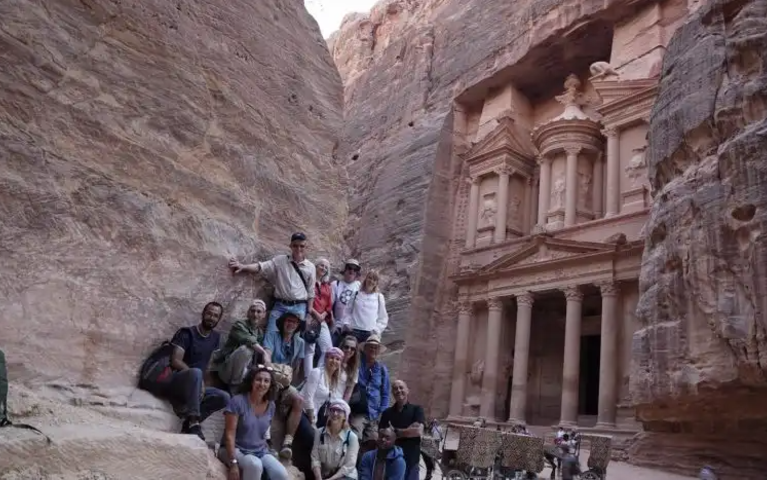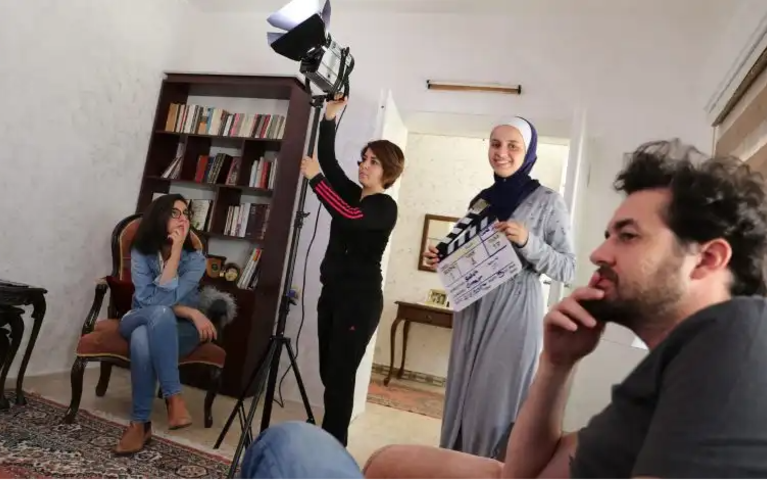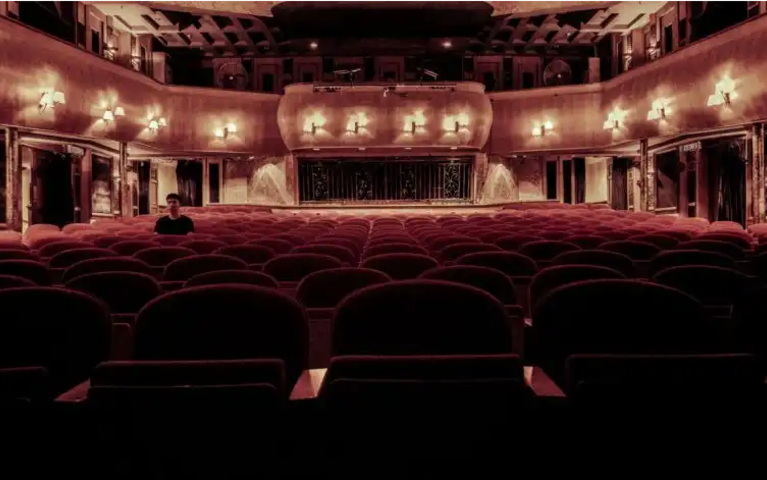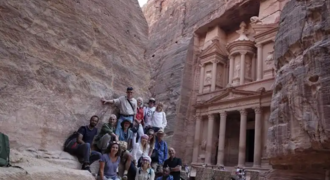The Desert Castles
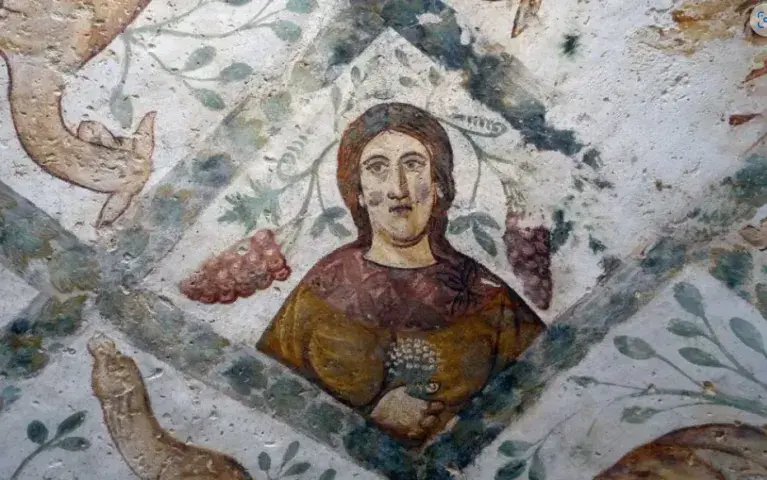
The monuments of the earlier civilizations are embodied in palaces, castles, towers, old baths, agricultural reserves and convoys, known as the desert palaces, which are rich in the Eastern Badia and the central mountainous regions in Jordan. The desert palaces are divided into two types: some of which were used for residence and dormitory for participants in the hunting trips carried out by the Umayyad Caliphs, while others were used as a place to serve the convoys of trade and protect them on the long road. We will shed light on some of the major desert castles in Jordan.
Quseir ‘Amra
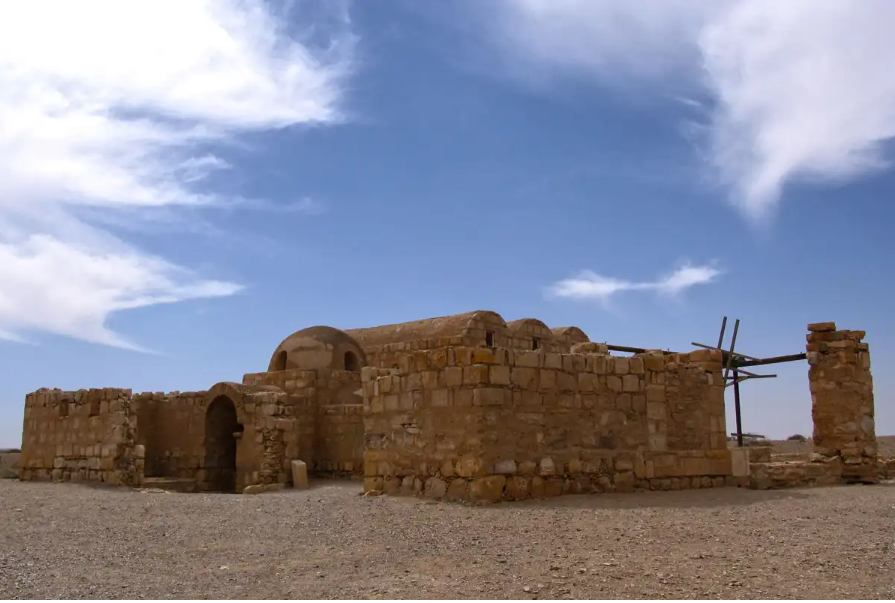
Quseir ‘Amra – Photo by George Isaac
This castle is considered a rare Islamic architectural masterpiece in the heart of the desert. It has been designated by UNESCO in 1985 as World Heritage Site for it is extremely well-preserved structure. It is one of the smaller hunting lodges, but one of the most luxurious of all. It is famous for its magnificent dome and its beautiful decoration, and the frescoes, which represent hunting scenes unusual human representations of humans, including naked women. On the walls of the Quseir is also a drawing of the kings of the earth; the Caliph still sits, in company with Khosrow of Persia, the Byzantine emperor, the Negus of Abyssinia, and the Visigoth Roderick. The ceiling of the Quseir dome that covers the hot water bath looks like a piece of heaven showing the horoscopes painted with great skill.
Quseir ‘Amra seems to rise incongruously from the parched, dry desert plains, though in ancient times the site was adjacent to a lush valley famed for its wild pistachio trees. At the time the water table was much higher, which allowed the builders to tap the ground, enabling the steady supply of water needed to supply the bathhouse. Even today, you can still see the 25m deep masonry-lined well, which stands as a testament to the impressive engineering skills of the Umayyads.
The bath is a separate complex at one end of the building, with the classical divisions of frigidarium (cold pool in an ancient Roman bath), caldarium (steam room in an ancient Roman bath) and a furnace (hot room), the water flowed in the ceramic corridors under the short floor to heat the building according to a system similar to the current central heating system.
The year 2017 witnessed the first international shooting of a film in Qasr ‘Amra by the French director Xavier Giannoli. “The Apparition” telling the story of a journalist at a large regional newspaper in France. His reputation as an impartial investigator attracts the attention of the Vatican, who recruit him to lead a committee to explore the legitimacy of a sanity apparition in a small French village, a true canonical investigation. Upon his arrival, he meets the young novitiate Anna, who claims to have personally witnessed an apparition of the Virgin Mary.
Qasr Al-Kharana
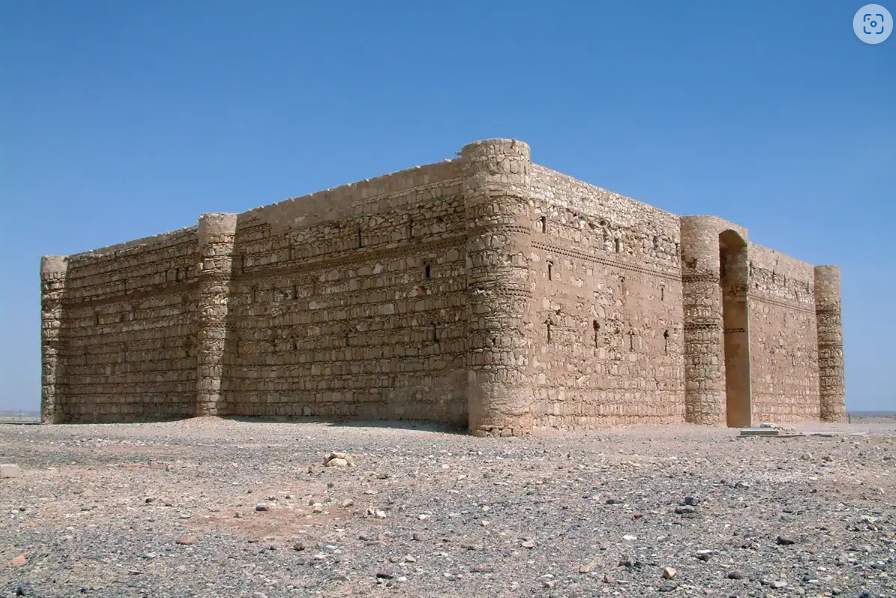
Qasr Al-Kharana – Photo by George Isaac
Qasr Al-Kharana is perhaps one of the most interesting of all of the desert castles because of its foreboding fortress-like appearance. This great rectangular structure seems to leap out of the black-pebbled desert floor as a symbol of the power of the caliphs of old. One of the earliest of the Islamic-built castles (a painted inscription dates it to 711 A.D.), this building looks the most rugged of all, with arrow slits and tiny windows adding to the invulnerable look of its round-towered walls. Its strategic position, on a great scarp where ancient caravan routes crossed, also suggests a fortress in the truest sense. Built of large blocks of undressed stone, with rows of smaller stones laid between the courses, the face of the structure was completely plastered over to emphasize its appearance of solidarity.
The intimidating two floors structure is marked by round, defensive towers and narrow windows that appear to be arrow slits. If you take a closer look, however, you’ll soon realize that the towers are completely solid, which means that they couldn’t be manned by armed soldiers. Furthermore, it would be impossible to fire bows from the bizarrely shaped ‘arrow slits’, meaning that they most likely served as air and light ducts.
Stepping through the high-lintel southern portal, one enters a typical fortress-lodge of the early period. Long rooms on each side of the entry passage housed the stables. In the rather plain lower story, other long rooms extend along the other three sides, with smaller ones sandwiched in among them. In the center is an open court where the remains may still be seen of the columns of the balcony which went around its sides on the second floor. Stairways lead to the upper rooms where the floor plan includes smaller rooms taking the place of the stables below.
Qasr Al-Kharana has also become the subject of much folklore, both local and foreign. Tales of disappearing stairways, still-warm cooking fires, suddenly appearing domestic animals—and no inhabitants—have shrouded the place with an air of mystery. Neither springs nor cisterns seem to exist in the neighborhood, further enhancing the qasr’s spectral atmosphere and further beclouding its shadowy past.
Qasr Al-Azraq
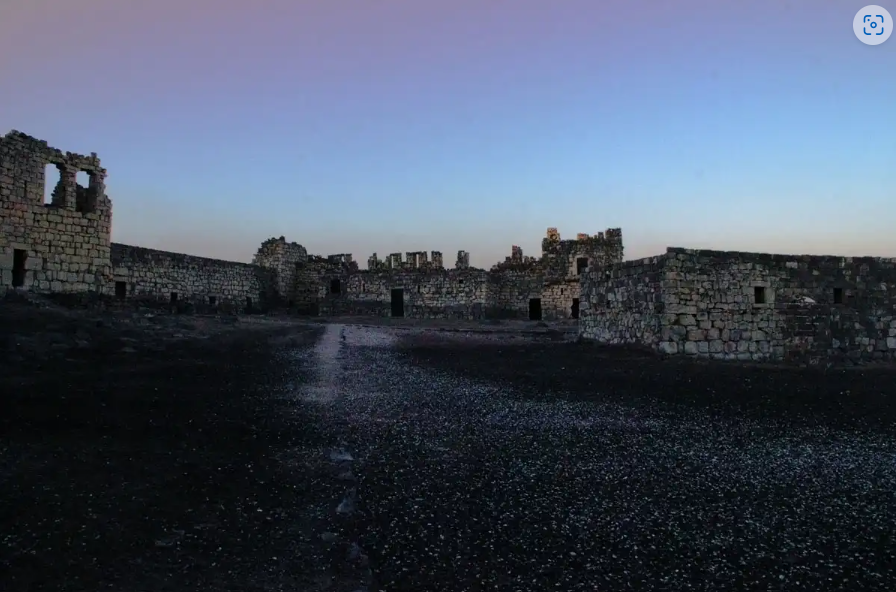
Qasr Al-Azraq – Photo by George Isaac
Some twenty-five miles farther to the East, a thriving modern village shares its palm trees, lush green vegetation, and marshy plains with ancient ruins. White salt hills dot the landscape, sharply contrasting with the long black basalt fences of the tilled fields. The site is a strategic one, for it guards the Northern end of Wadi Sirhan, the ancient trade highway running North and South along this side of the desert. Many routes still converge here today.
Here, too, were the headquarters of Lawrence of Arabia at the time he unleashed the final effort of the united Bedouin tribes to drive the Turkish invaders from the area during the First World War.
George Isaac is an online editor and marketing specialist at The Royal Film Commission – Jordan.

